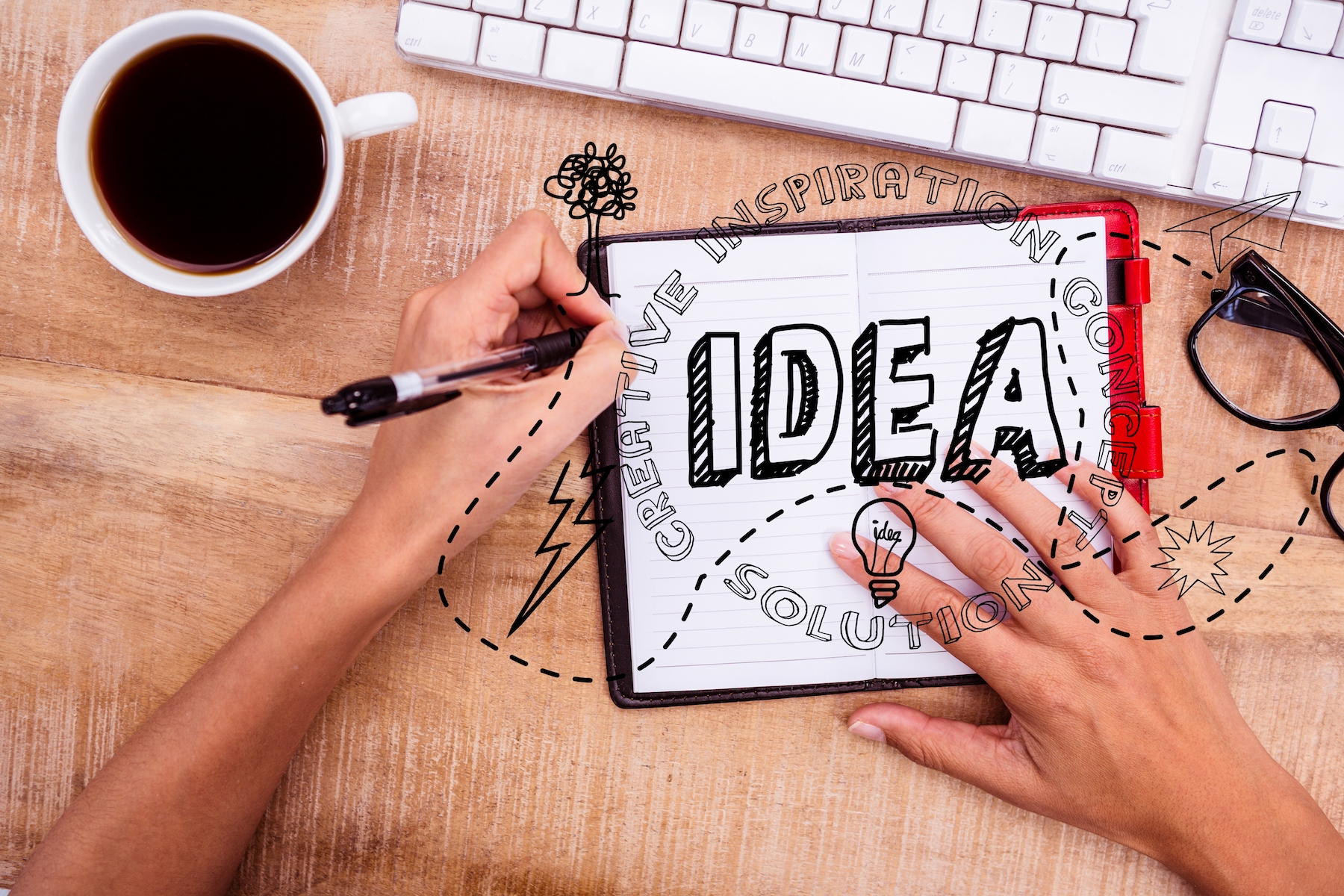Over the years, Ashoka has reviewed tens of thousands of proposals for change by people passionate about solving social problems. As a result, we have noticed a common skill set among the most successful changemakers.
A changemaker’s core skills are:
These four skills enable young people to bring about lasting, positive change, not only in their own lives but also in the lives of others in their communities, organizations, and across society.

Empathy
Empathy forms the basis of social cohesion and innovation. It is the foundation that guides decision-making, reflection, and action. Empathy is the ability to understand the feelings and perspectives of others and to use that understanding to act. In a changemaker environment, empathy isn’t just an add-on or nice-to-have; it’s critical to creating the conditions in which real learning can take place. At Ashoka, we view empathy as the new literacy – the essential ingredient to effectively communicate, collaborate, and navigate relationships. Empathy is more important than ever in a world defined by change and interdependence. Therefore, it needs to be modelled by educators, embedded in school rituals, learned about in classes, and practiced at every opportunity. When applied, empathy is the skill that ensures students shape solutions that are guided by humility, understanding, and compassion.
– From ‘Changemakers: Educating With Purpose’

New Leadership
Changemakers are leaders, but not the kind we’re used to. For much of our history humans have been organized around repetition, which is the opposite of change. Leaders in these types of organizations have traditionally made decisions based on principles of authority, exclusion, and control. However, In a world defined by change, people must organize themselves differently. Changemakers are leaders who embrace new forms of social influence and interaction. They view decision-making as an inclusive, collaborative process where everyone has something to offer to the success of a project. This type of shift requires actively listening to others and seeking to identify and build on the individual strengths within the group. Better understanding your own strengths as well others’ will help to define roles within the group and foster greater potential for creative, collaborative problem-solving.

Teamwork
Teams are inherently dynamic. The individuals who comprise them are constantly changing. So too are the environments they inhabit. In order to set and achieve goals in highly complex and unpredictable environments, changemakers must come together and form cohesive teams in order to navigate the complexity and unpredictability associated with a world of change.
Changemakers actively cultivate relationships and partnerships with others. They work toward building strong teams that embody trust, sharing, collaboration, and empathy. Think of a rainforest where trees are competing for a finite amount of sunlight but must lock root systems in the soil to survive. In the same way, innovation and changemaking thrive through collaboration not individual triumph.
The process of changemaking is intertwined with the end goal—one of the reasons why we frequently prompt you to check if your process aligns with your values. Are the strengths of the team being utilized? Are all voices valued equally?
– From “Empathy and Teamwork are key for building innovation ecosystems.”

Creative Problem-Solving
In some ways, collaborative problem-solving is the most difficult to define because it is not one skill alone but requires a host of skills. These skills include:
- Creativity
- Self-Awareness & Stress Management
- Empathy
- Listening & Effectively Communicating
- Goal Setting & Anticipating Consequences
- Evaluating Actions
One way to think of collaborative problem-solving is to use the metaphor of weaving. Weaving brings many different strands together to create something new. It is inherently complex, sometimes messy, and requires an understanding of how things fit together. In weaving, we don’t question that all strands are interconnected and equally important for the end result to be coherent and useful. We understand that if we make a mistake while weaving we can learn from it to make our solutions better.
To read full article click here.
